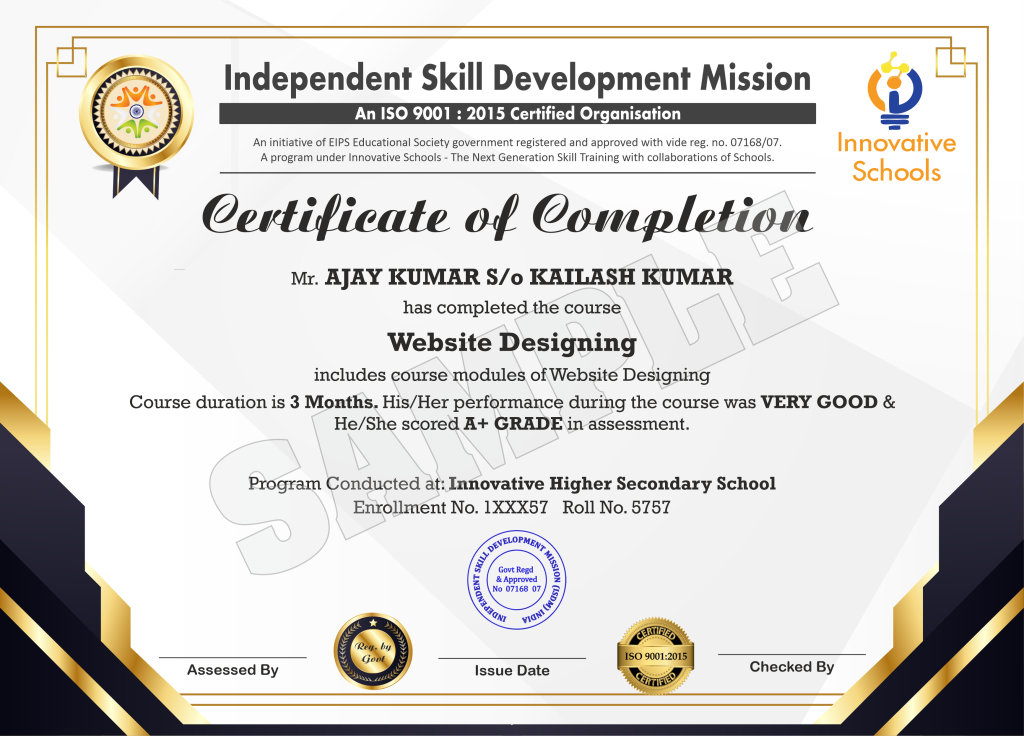About this Program
Web Designing for Juniors is an introductory course designed to teach the basics of web design and web development. The course covers a variety of topics, including HTML, CSS, JavaScript, and responsive design. Through hands-on projects and assignments, students learn how to create webpages, design layouts, and incorporate multimedia elements such as videos and images. In addition, the course covers topics such as SEO, accessibility, and usability. By the end of the course, students will have a basic understanding of web design and be able to develop their own websites.
Benefits of this Program
Benefits of Learing This Course
- 1. Improved Job Prospects: Website design is one of the most in-demand skills in the technology sector, so learning the basics will make you a much more attractive job candidate.
- 2. Increased Income Potential: With the right skills, you can increase your earning potential. Many web designers can freelance and set their own rates.
- 3. Creative Outlet: Website design gives you a chance to express yourself creatively and show off your design skills to the world.
- 4. Improved Problem-Solving Skills: Website design requires problem-solving and analytical thinking. It requires you to understand the needs of the user and develop a solution that meets those needs.
- 5. Improved Technical Skills: Learning website design will also allow you to develop other technical skills such as HTML, CSS, and JavaScript. These are all important skills to have in today’s digital world.
Learning Outcomes
- 1. Understand the fundamentals of website design, including the basics of HTML and CSS.
- 2. Create functional and aesthetically pleasing websites with a modern user interface.
- 3. Use a variety of tools and techniques to create and manage websites, including content management systems (CMS).
- 4. Utilize essential web development technologies and frameworks such as JavaScript, AJAX, and jQuery.
- 5. Optimize websites for mobile devices.
- 6. Understand the principles of search engine optimization (SEO) and apply them to website design.
- 7. Develop user-friendly features such as site navigation, forms, and data tables.
- 8. Establish a website’s usability and accessibility standards.
- 9. Create and manage websites that are visually appealing and compatible with multiple browsers.
- 10. Understand the implications of digital copyright laws on website design.
Curriculum
- Introduction to Web Design
- HTML Basics
- CSS Basics
- Responsive Web Design
- Advanced CSS
- JavaScript Basics
- jQuery
- Web Graphics
- User Interface Design
- Search Engine Optimization
- Accessibility and Usability
- . Web Hosting and Publishing
Assignments
- LIVE Project on Multiple Websites
- Linux Hosting
- Domain Registration
- Setup Website and Launching
Fee and Scholarship
- Regular Fee - 18,800/-
Smart Class Certification







